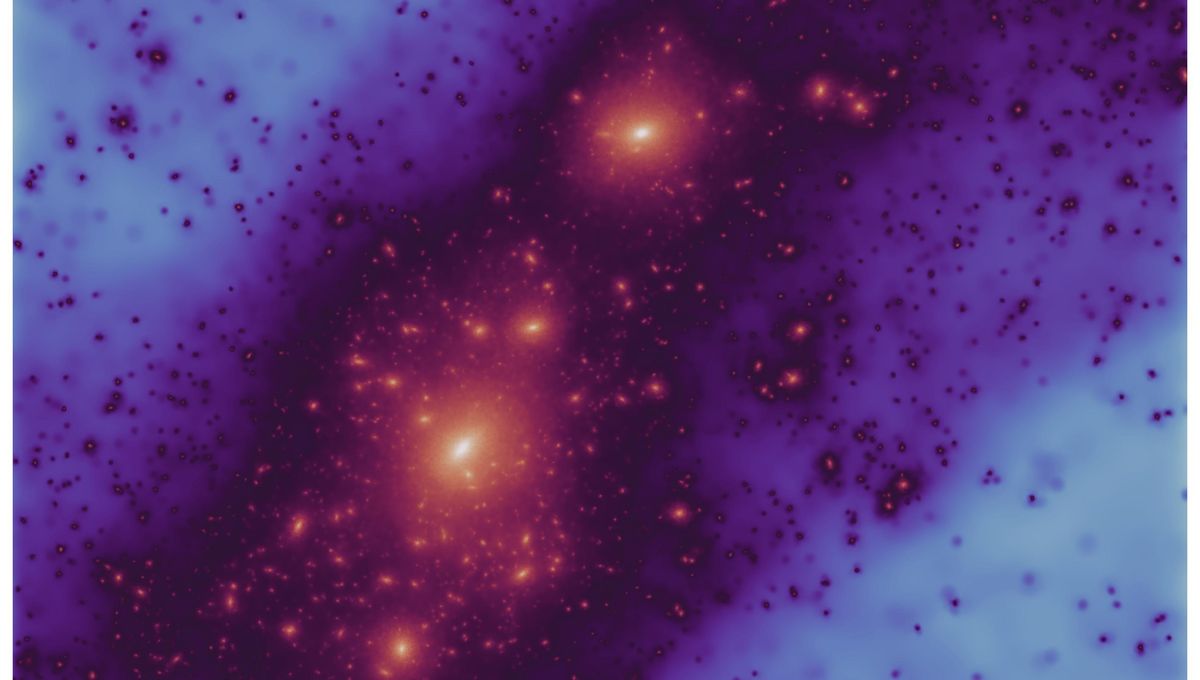
Around the Milky Way, there are many satellite galaxies. The spatial distribution of eleven of the small and faint ones which appear to lie on a thin plane is something that has been noted as not just quirky but very puzzling by astronomers. For decades, data suggested that these were actually all rotating on this vast plane, something that would be extremely unlikely using our current understanding of the universe. Now, new data has solved this 50-year problem.
The “plane of satellites” problem was a big problem for the existence of dark matter, a mysterious substance that makes up about 85 percent of all matter in the universe and is one of the crucial ingredients of the Standard Model of Cosmology. According to the model, galaxies formed gradually from clumps of cold dark matter.
The issue saw the distribution of small galaxies as orbiting all in a vast thin disk of 3D space with no known explanation for how this distribution came to be. Now, data from the European Space Agency’s Gaia Satellite shows the most precise measurement of the motions of these galaxies and it turns out that it is not a real plane. These galaxies are aligned but they are moving in different directions.
“The plane of satellites was truly mind-boggling,” lead author Dr Till Sawala, of the University of Helsinki, said in a statement. “It is perhaps unsurprising that a puzzle which has endured for almost 50 years required a combination of methods to solve it – and an international team to come together.”
The researchers concluded the appearance of the satellites on a plane is a “quirk” that will dissipate over time much like the shape of constellations in the night sky. Constellations may look a certain way now, but over eons, as they move, their shape will change. The plane is there but it is a transient positioning, not a physical plane of rotation.
“The strange alignment of the Milky Way’s satellite galaxies in the sky had perplexed astronomers for decades, so much so that it was deemed to pose a profound challenge to cosmological orthodoxy,” co-author Professor Carlos Frenk, from Durham University, explained.
“But thanks to the amazing data from the GAIA satellite and the laws of physics, we now know that the plane is just a chance alignment, a matter of being in the right place at the right time, just as the constellations of stars in the sky.”
As he noted, “Come back in a billion years, and the plane will have disintegrated, as will today’s constellations.”
This discovery removes one of the outstanding challenges to the cold dark matter theory of the evolution of the universe.
The findings are published in Nature Astronomy.
Source Link: 50-Year Puzzle Of The Milky Way’s Satellites Has Been Solved